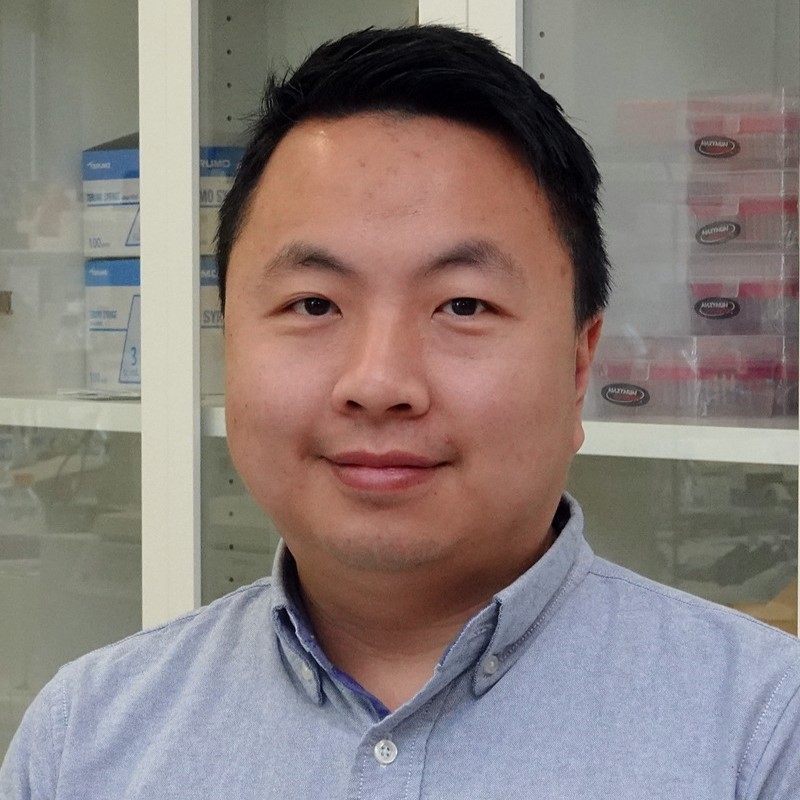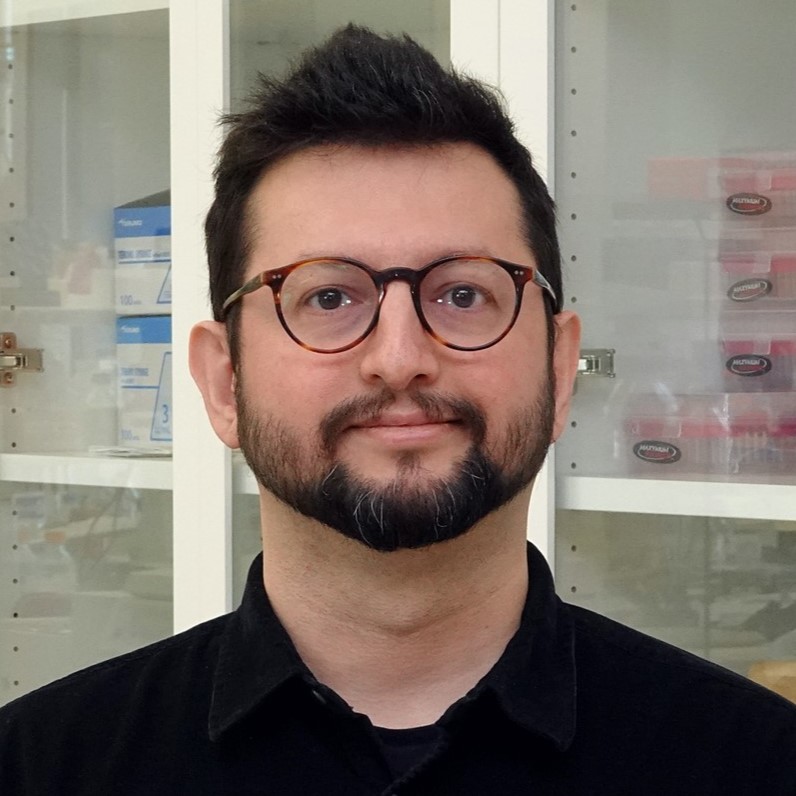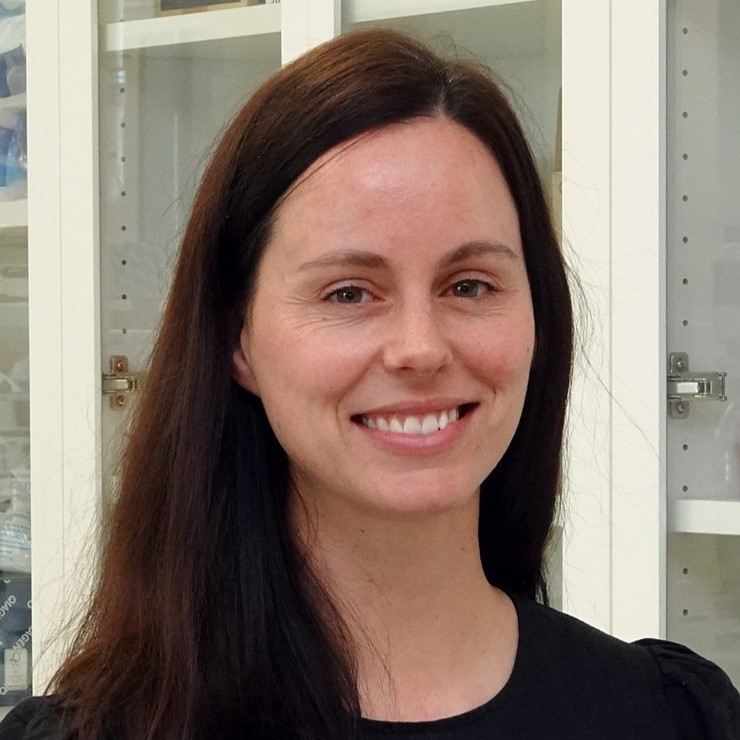Research Program Overview
Cancer immunology and granulocyte function:
The immune system is equipped with an armoury of ways to recognise and kill cancer cells. However, the many checks and balances that regulate detrimental immune responses such as allergies and autoimmune diseases can contribute to immune escape. We are investigating how the immunosuppressive environment in head and neck cancer is maintained, how cells normally associated with allergies participate in this process, and are working on ways to unleash aspects of the granulocytic and allergic inflammatory response to kill solid tumors.
Disease focus: Head and neck cancer
Allergic and eosinophilic diseases of the skin and airway:
The human body must recognise an array of foreign microorganisms to protect against infection. Airway mucosal tissue is a specialised barrier capable of protecting against infection while allowing airflow into the lungs and absorption of oxygen. Likewise, the skin is the largest barrier tissue in our body and provides both physical and immunological protection from infection. Allergies occur when detrimental immune responses occur in the quest for protection. This can often be against environmental allergens such as pollen or against usually harmless microorganisms. Our laboratory is seeking to understand what causes inflammation and allergies to develop at barrier surfaces and define new treatments for these kinds of diseases.
Viral respiratory infections are associated with development of childhood asthma and barrier dysfunction in latter life, but little is known about how bacterial and viral sensing might program the airway epithelium to potentiate asthma. We are investigating whether exposure to microorganisms including bacteria, fungus and viruses reprogram airway tissue progenitor cells to potentiate inflammatory airway disease.
Disease focus: Chronic rhinosinusitis, Asthma, Eosinophilic granulomatosis with polyangiitia (formerly called Churg-Strauss syndrome), and atopic and autoimmune skin diseases.
Laboratory staff
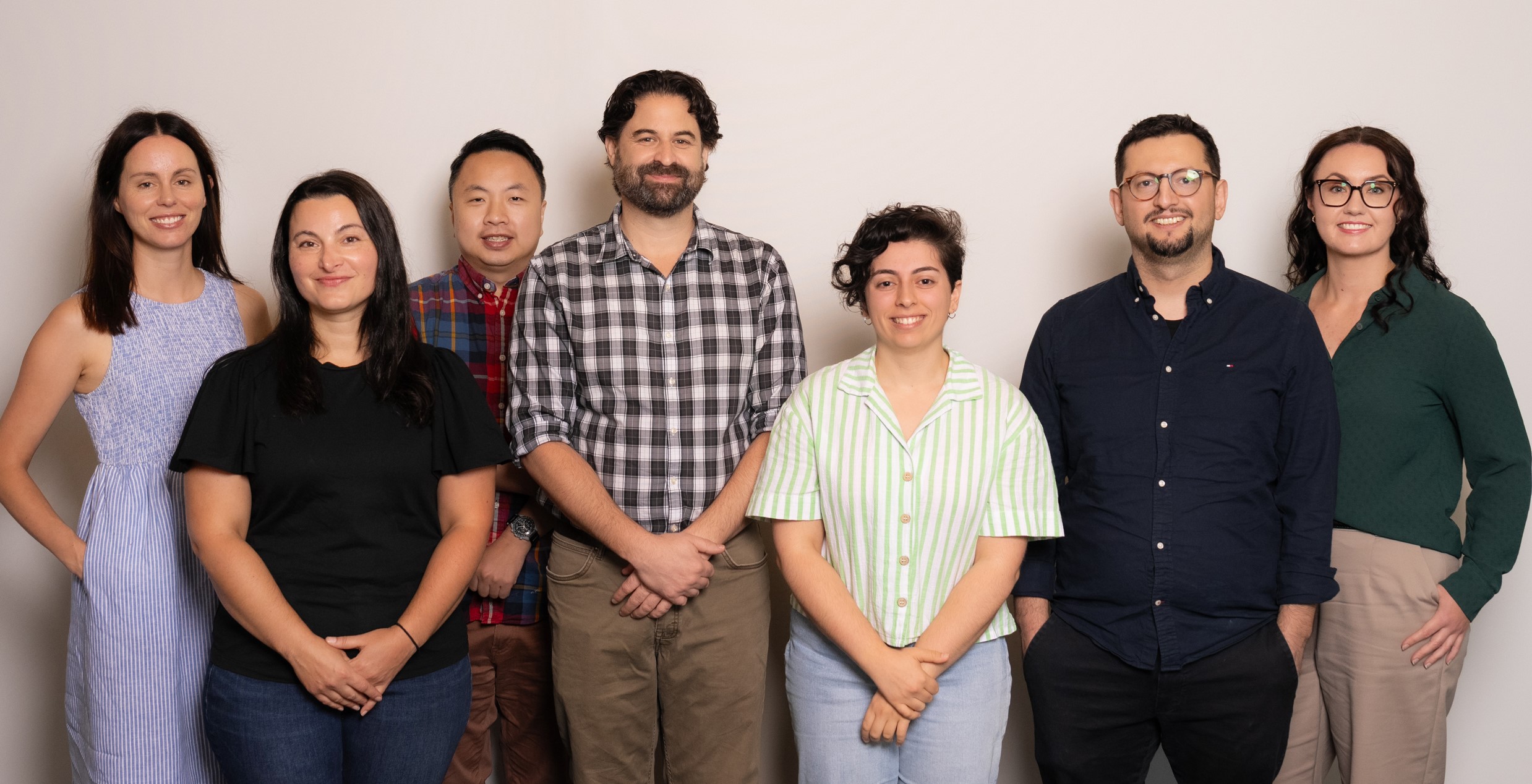
Laboratory head
Clinical Lead
- Dr Harshita Pant
Clinical Lead, Allergy and Cancer Immunology Laboratory
harshita@calvariam.com.au
Team Members
Postdoctoral Research Scientists
Students
Phd:
- Ms. Anita Kral
anita.kral@mymail.unisa.edu.au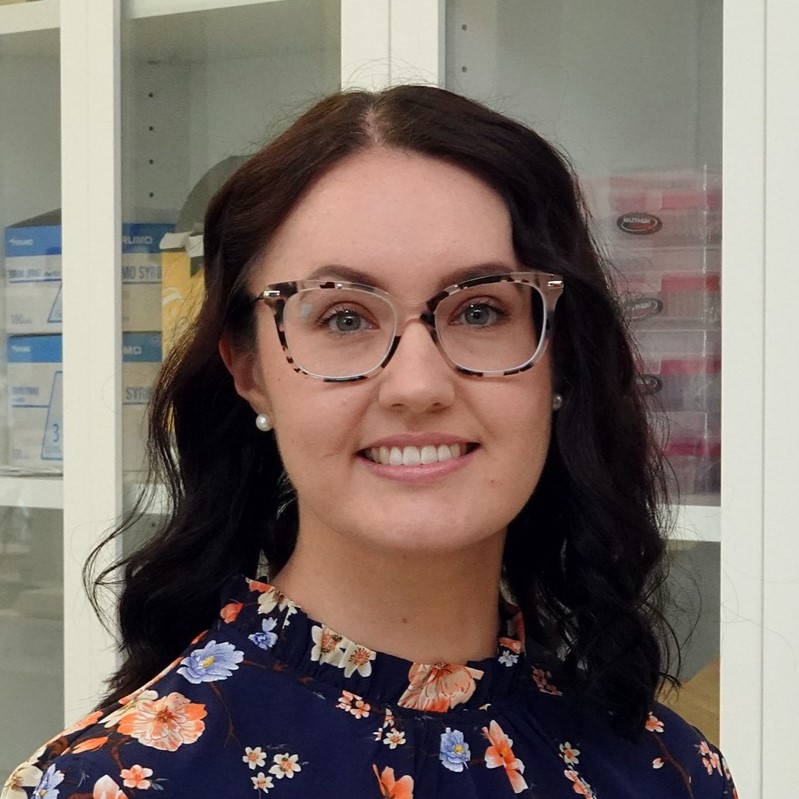
Masters:
- Dr. Laura Kenyon
laura.kenyon@adelaide.edu.au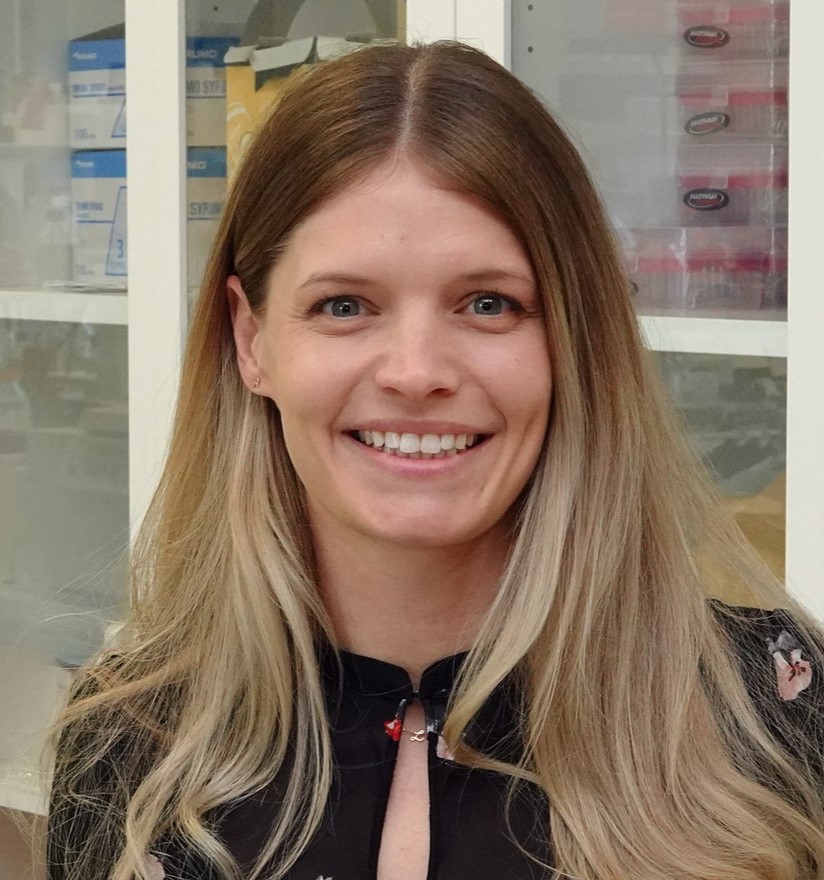
Select Recent Publications
- Pant H, Hercus TR, Tumes DJ, Yip KH, Parker MW, Owczarek CM, Lopez AF*, Huston DP*. Translating the biology of β common receptor-engaging cytokines into clinical medicine. Journal of Allergy and Clinical Immunology. 2022 Nov 21;S0091-6749(22)01339-2. * equal last author.
- Wang H, Tumes DJ, Hercus TR, Yip KH, Aloe C, Vlahos R, Lopez AF, Wilson N, Owczarek CM, Bozinovski S. Blocking the human common beta subunit of the GM-CSF, IL-5 and IL-3 receptors markedly reduces hyperinflammation in ARDS models. Cell Death & Disease. 2022 Feb 10;13(2):137. doi: 10.1038/s41419-02204589-z.
- Blake SJ, James J, Ryan FJ, Caparros-Martin J, Eden GL, Tee YC, Salamon JR, Benson SC, Tumes DJ, Sribnaia A, Stevens NE, Finnie JW, Kobayashi H, White DL, Wesselingh SL, O'Gara F, Lynn MA, Lynn DJ. The immunotoxicity, but not anti-tumor efficacy, of anti-CD40 and anti-CD137 immunotherapies is dependent on the gut microbiota. Cell Reports Medicine. 2021 Dec 8;2(12):100464. doi: 10.1016/j.xcrm.2021.100464. eCollection 2021 Dec 21.
- Nakajima T, Kanno T, Yokoyama S, Sasamoto S, Asou HK, Tumes DJ, Ohara O, Nakayama T, Endo Y. ACC1-expressing pathogenic T helper 2 cell populations facilitate lung and skin inflammation in mice. Journal of Experimental Medicine. 2021 Dec 6;218(12):e20210639. doi: 10.1084/jem.20210639. Epub 2021 Nov 23.
- Yip KH, McKenzie D, Ramshaw HS, Chao J, McClure BJ, Raquet E, Kraushaar T, Röder J, Maxwell M, Alhamdoosh M, Hammet A, Fong JH, Zeglinski K, Monaghan K, Pant H, Grimbaldeston MA, Vairo G, Wilson NJ, Owczarek CM, Hercus TR, Lopez AF*, Tumes DJ*. Targeting the human bc receptor inhibits contact dermatitis in a novel transgenic mouse model. Journal of Investigative Dermatology. Apr;142(4):1103-1113.e11. doi: 10.1016/j.jid.2021.07.183 * equal last author.
- Cildir G*, Yip KH, Pant H, Tergaonkar V, Lopez AF, Tumes DJ*. Understanding mast cell heterogeneity at single cell resolution. Trends in Immunology. 2021. Jun;42(6):523-535. doi: 10.1016/j.it.2021.04.004. * corresponding authors.
- Zadeh Shirazi A, McDonnell MD, Fornaciari E, Bagherian NS, Scheer KG, Samuel MS, Yaghoobi M, Ormsby RJ, Poonnoose S, Tumes DJ, Gomez GA. A deep convolutional neural network for segmentation of whole-slide pathology images identifies novel tumour cell-perivascular niche interactions that are associated with poor survival in glioblastoma. British Journal of Cancer. doi: 10.1038/s41416-021-01394-x. Online ahead of print.
- Stevens NE, van Wolfswinkel M, Amenyogbe N, Ryan FJ, Bao B, Brook B, Lynn MA, Kollmann TR, Tumes DJ*, Lynn DJ*. Immunisation with the BCG and DTPw vaccines induces different programs of trained immunity in mice. Vaccine. 2021. Apr 21:S0264-410X(21)00400-X. doi:10.1016/j.vaccine.2021.03.084 * equal last author.
- De Silva AP, Schembri MA, Sarah AH, Chao J, Yip KH, Cildir G, Lopez A, Tumes DJ, Pant H. Short-term Oral Steroids Significantly Improves Chronic Rhinosinusitis Without Nasal Polyps. Laryngoscope. 2021 Mar 4. doi: 10.1002/lary.29495. Online ahead of print.
- Yip KH, Wilson NJ, Pant H, Brown CL, Busfield S, Ng M, Alhamdoosh M, Woodman N, Schembri M, Tumes DJ, Vairo G, Lopez AF, Nash AD, Wilson MJ, Grimbaldeston MA, Owczarek CM. Anti-βc mAb CSL311 inhibits human nasal polyp pathophysiology in a humanized mouse xenograft model. Allergy. 2020 Feb;75(2):475-478 (2020).
- Ichikawa T, Hirahara K, Kokubo K, Kiuchi M, Aoki A, Morimoto Y, Kumagai J, Onodera A, Mato N, Tumes DJ, Goto Y, Hagiwara K, Inagaki Y, Sparwasser T, Tobe K, Nakayama T. CD103hi Treg cells constrain lung fibrosis induced by CD103lo tissue-resident pathogenic CD4 T cells. Nature Immunology. 2019 Nov;20(11):1469-1480 (2019).
- Yip KH, Papadopoulos M, Pant H, Tumes DJ. The role of invariant T cells in inflammation of the skin and airways. Seminars in Immunopathology. 2019 Apr 15. doi: 10.1007/s00281-019-00740-9.
- Tumes DJ, Hirahara K, Papadopoulos M, Shinoda K, Onodera A, Kumagai J, Yip KH, Pant H, Kokubo K, Kiuichi K, Aoki A, Obata-Ninomiya K, Tokoyoda K, Endo Y, Kimura MY, Nakayama T. Ezh2 controls development of natural killer T cells that cause spontaneous asthma-like pathology in mice. Journal of Allergy and Clinical Immunology. 2019 Vol. 144(2) pages 549-560. *corresponding author.
- Endo Y, Onodera A, Obata-Ninomiya K, Nasu R, Asou HK, Ito T, Yamamoto T, Kanno T, Nakajima T, Ishiwata K, Kanuka H, Tumes DJ, and Nakayama T. Acc1 determines memory potential of individual CD4+ T cells by regulating de novo Fatty acid biosynthesis. Nature Metabolism. 2019. Feb;1(2):261-275. doi: 10.1038/s42255-018-0025-4.
- Lynn MA*, Tumes DJ*, Choo JM, Sribnaia A, Blake SJ, Leong LEX, Young GP, Marshall HS, Wesselingh SL, Rogers GB, Lynn DJ. Early-life antibiotic-driven dysbiosis in mice leads to impaired antibody responses and enhanced T cell cytokine recall responses to vaccination. Cell Host & Microbe. 2018. May 9;23(5):653-660.e5. doi: 10.1016/j.chom.2018.04.009. *equal first author.
- Nakayama T, Hirahara K, Onodera A, Endo Y, Hosokawa H, Shinoda K, Tumes DJ, Okamoto Y. Th2 Cells in Health and Disease. Annual Review of Immunology IF:32.5. 35:53-84 (2017).
- Tumes DJ, Papadopoulos M, Endo Y, Onodera A, Hirahara K, and Nakayama T. Epigenetic regulation of T-helper cell differentiation, memory, and plasticity in allergic asthma. Immunological Reviews. IF:11.0. Vol. 278(1):8-19 (2017).
- Yip KH, Kolesnikoff N, Hauschild N, Biggs L, Lopez AF, Galli SJ, Kumar S, Grimbaldeston MA. The Nedd4-2/Ndfip1 axis is a negative regulator of IgE-mediated mast cell activation. Nature Communications 2016 27;7:13198 (2016).
- Yip KH*, Kolesnikoff N*, Yu C, Hauschild N, Taing H, Biggs L, Goltzman D, Gregory PA, Anderson PH, Samuel MS, Galli SJ, Lopez AF, Grimbaldeston MA. Mechanisms of vitamin D₃ metabolite repression of IgE-dependent mast cell activation, Journal of Allergy and Clinical Immunology 2014 133(5):1356-64, (2014). *equal contribution.
- Pant H, Hughes A, Schembri M, Miljkovic D, Krumbiegel D. CD4+ and CD8+ regulatory T cells in chronic rhinosinusitis mucosa. American Journal of Rhinology & Allergy. 2014 28(2):83-89.
- Pant H, Hughes A, Miljkovic D, Schembri M, Wormald P, Macardle P, Grose R, Zola H, Krumbiegel D. Accumulation of effector memory CD8+ T cells in nasal polyps. American Journal of Rhinology & Allergy. 2013 27(5):e117-26.
- Tumes DJ, OnoderaA, SuzukiA, ShinodaK, EndoY, IwamuraC, HosokawaH, KosekiH, TokoyodaK, SuzukiY, Motohashi S, and Nakayama T. The polycomb protein Ezh2 regulates differentiation and plasticity of CD4 T helper type-1 and type-2 cells. Immunity (Cell Press). 2013 39(5):819-32.



